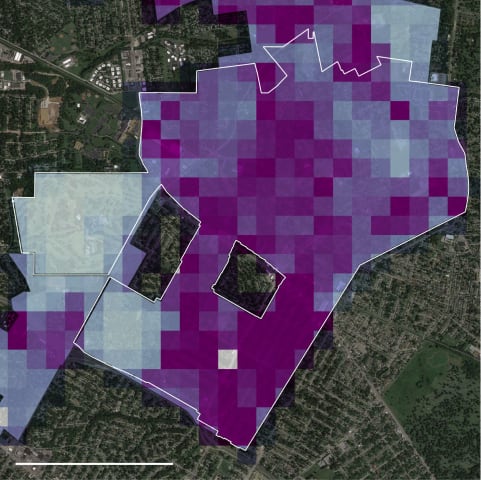Incidente 808: El modelo de riesgo estudiantil impulsado por IA de Infinite Campus provoca recortes en el apoyo a las escuelas de bajos ingresos de Nevada
Descripción: Un sistema de inteligencia artificial desarrollado por Infinite Campus e implementado en Nevada para identificar a estudiantes en riesgo condujo a una drástica reducción en el número de estudiantes clasificados como necesitados de apoyo, pasando de 270.000 a 65.000. La reclasificación provocó importantes recortes presupuestarios en las escuelas que atienden a poblaciones de bajos ingresos. Según se informa, la drástica reducción de estudiantes en riesgo identificados dejó a miles de niños vulnerables sin recursos ni apoyo.
Editor Notes: Timeline notes and clarification: Before 2023, Nevada identified at-risk students mostly by income, using free or reduced-price lunch eligibility as the key measure. In 2022, this system classified over 270,000 students as at-risk. Looking to improve the process, Nevada partnered with Infinite Campus in 2023 to introduce an AI system that used more factors like GPA, attendance, household structure, and home language. The new system was meant to better predict which students might struggle in school. However, during the 2023-2024 school year, the AI cut the number of at-risk students to less than 65,000. This reclassification caused budget cuts in schools that depended on the funding tied to at-risk students, especially those serving low-income populations. By October 2024, the problem gained national attention.
Herramientas
Nuevo InformeNueva RespuestaDescubrirVer Historial
El Monitor de Incidentes y Riesgos de IA de la OCDE (AIM) recopila y clasifica automáticamente incidentes y riesgos relacionados con la IA en tiempo real a partir de fuentes de noticias reputadas en todo el mundo.
Entidades
Ver todas las entidadesAlleged: Infinite Campus developed an AI system deployed by Nevada Department of Education, which harmed Low-income students in Nevada , Nevada school districts , Mater Academy of Nevada y Somerset Academy.
Estadísticas de incidentes
Risk Subdomain
A further 23 subdomains create an accessible and understandable classification of hazards and harms associated with AI
1.3. Unequal performance across groups
Risk Domain
The Domain Taxonomy of AI Risks classifies risks into seven AI risk domains: (1) Discrimination & toxicity, (2) Privacy & security, (3) Misinformation, (4) Malicious actors & misuse, (5) Human-computer interaction, (6) Socioeconomic & environmental harms, and (7) AI system safety, failures & limitations.
- Discrimination and Toxicity
Entity
Which, if any, entity is presented as the main cause of the risk
AI
Timing
The stage in the AI lifecycle at which the risk is presented as occurring
Post-deployment
Intent
Whether the risk is presented as occurring as an expected or unexpected outcome from pursuing a goal
Intentional
Informes del Incidente
Cronología de Informes
Loading...

Nevada ha tenido durante mucho tiempo la financiación escolar más desequilibrada del país. Los distritos de bajos ingresos tienen casi un 35 por ciento menos de dinero para gastar por alumno que los más ricos, la brecha más grande de cualqu…
Variantes
Una "Variante" es un incidente de IA similar a un caso conocido—tiene los mismos causantes, daños y sistema de IA. En lugar de enumerarlo por separado, lo agrupamos bajo el primer incidente informado. A diferencia de otros incidentes, las variantes no necesitan haber sido informadas fuera de la AIID. Obtenga más información del trabajo de investigación.
¿Has visto algo similar?
Incidentes Similares
Did our AI mess up? Flag the unrelated incidents
Loading...

Northpointe Risk Models
· 15 informes
Loading...

Predictive Policing Biases of PredPol
· 17 informes
Incidentes Similares
Did our AI mess up? Flag the unrelated incidents
Loading...

Northpointe Risk Models
· 15 informes
Loading...

Predictive Policing Biases of PredPol
· 17 informes

